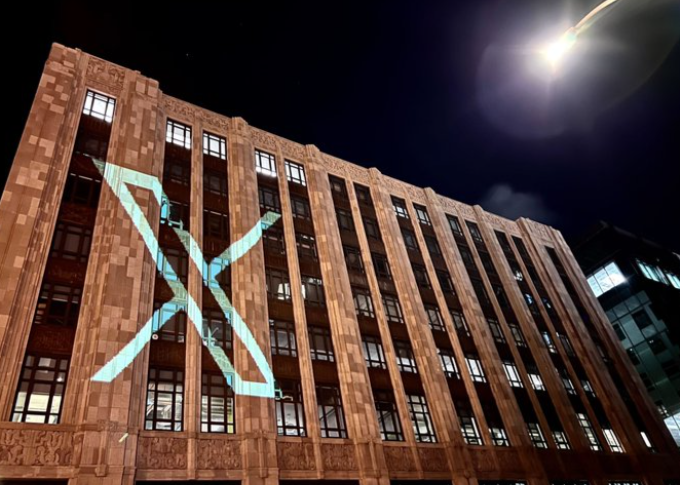The Federal Open Market Operations (FOMC) will likely raise the Federal Funds Rate (FFR) by another 25 basis points this week, from 5.25% to 5.50%.
That’s according to the CME’s FedWatch Tool, which estimates the chances of changes in this critical interest rate for U.S. monetary policy. This time, it points to a 99.2% probability of a hike by 25 basis points, up from 96.7% a week ago and 74.4% a month ago.
FFR is the rate banks lend each other in the overnight market and a benchmark for short-term interest rates.
The chances for another hike have been rising thanks to a robust labor market, something the Fed monitors closely in determining the direction of the nation’s monetary policy.
That’s why markets will pay close attention to the statement accompanying the FOMC decision to determine whether next week’s hike will be the last in the current tightening cycle.
But things are complicated this time, as there are conflicting signals over the effectiveness of the Fed’s tightening in achieving price stability.
On the one hand, there are promising signs that the fight against inflation is almost over. The headline Consumer Price Index (CPI) and Producer Price Index (PPI) have fallen in recent months, heading closer to the Fed’s target of 2%.
On the other hand, there are signs that the fight against inflation has a long way to go before it ends. The core CPI and PPI, which exclude the volatile food and energy components from calculations, remain stubbornly well above the Fed’s target.
“There is little suspense about the Fed policy announcement next week,” Angelo Kourkafas, CFA, senior investment strategist at Edward Jones, told International Business Times. “A quarter-point hike is widely expected following the June projections that showed strong consensus for two additional rate increases before the year-end.”
He believes Fed Chair Jerome Powell will try to balance his message to the markets, recognizing the recent encouraging headline inflation numbers and highlighting the need to see further improvements in core inflation to gain confidence that slowing inflation is sustainable.
“Policymakers will keep their options open for another rate hike,” Kourkafas added. “But the case for further tightening weakens as inflation appears to be slowing across many categories, and downside risks to growth remain. Better inflation data in the months ahead are likely to convince the Fed to end its tightening campaign soon, with policy rates possibly peaking at 5.25% – 5.50%, the highest since 2001.”
David Russell, vice president of market intelligence at TradeStation, thinks the Fed will take a wait-and-see approach.
“The meeting could be an anticlimax because we have two more months of inflation and employment data before September,” he told IBT. “Powell might wait until Jackson Hole in late August before sending clear signals. Given the strong economy and previous fumbles, the Fed has no reason to get dovish too soon.”
Russell sees potential for another hike sometime before the end of the year (possibly September).
Dan North, senior economist at trade credit insurer Allianz Trade North America, has a similar opinion. “Despite the evidence which would support an end to the tightening, the Fed has been very aggressive and may indeed hold out for one more hike in September,” he told IBT.
Russell believes the end is in sight regarding additional rate hikes. “If we continue to get good news on inflation following this month’s Fed meeting, I wouldn’t be surprised if the Fed decides to skip another hike in September (though there’s certainly no guarantee they will),” he told IBT.
Key Private Bank chief investment officer George Mateyo believes the July rate hike could be the peak of the current cycle and is dependent on inflation continuing to moderate while the job market remains healthy.






